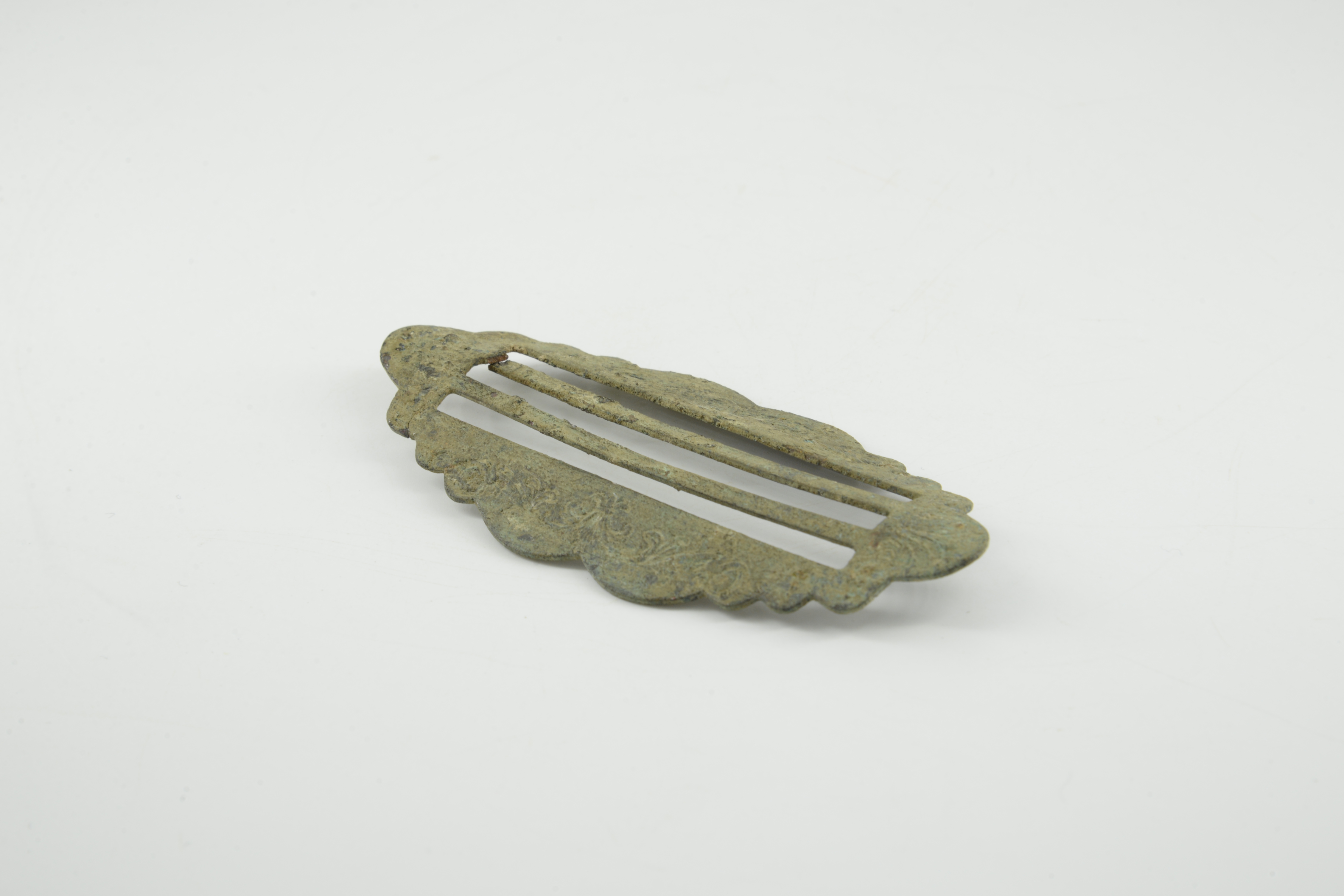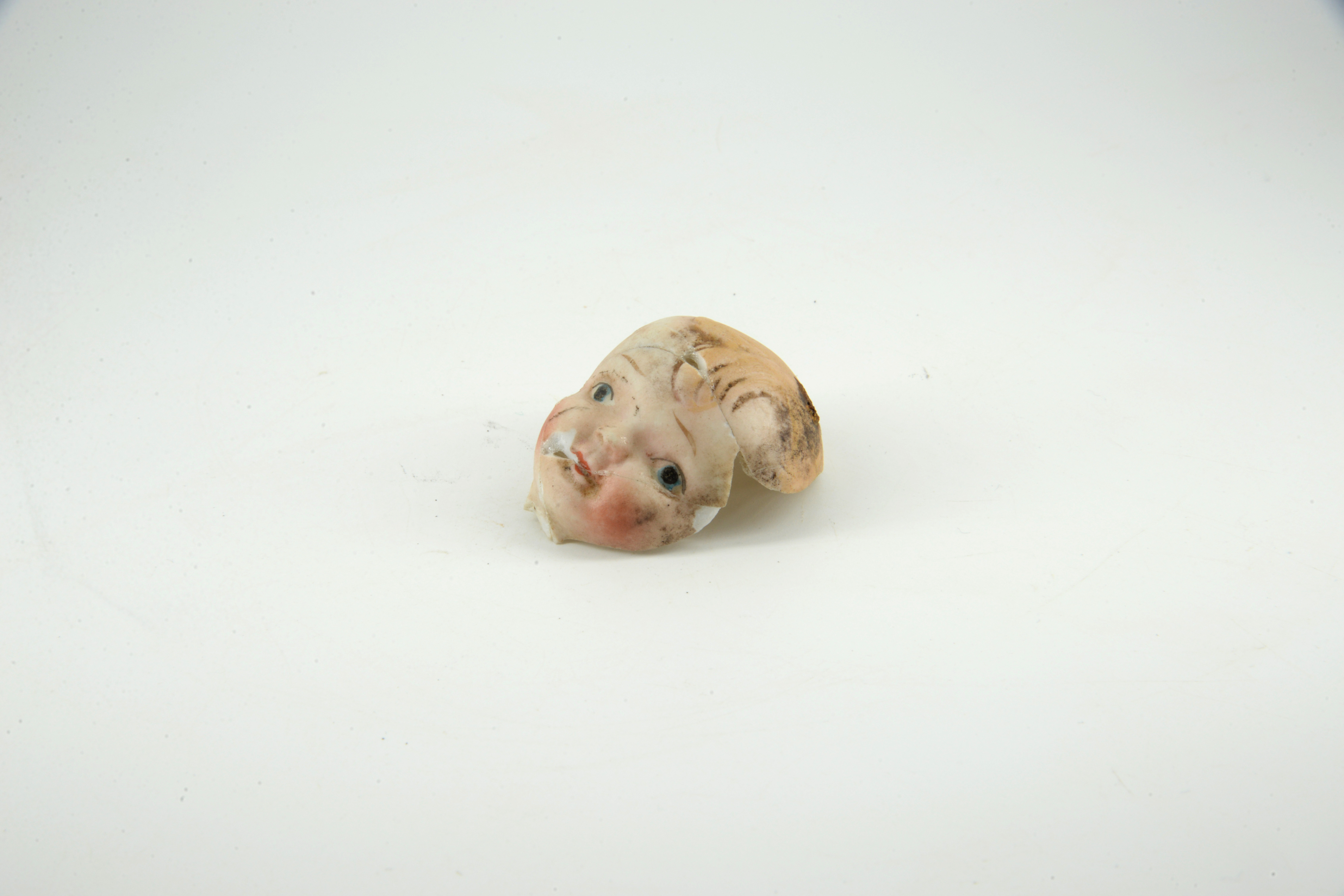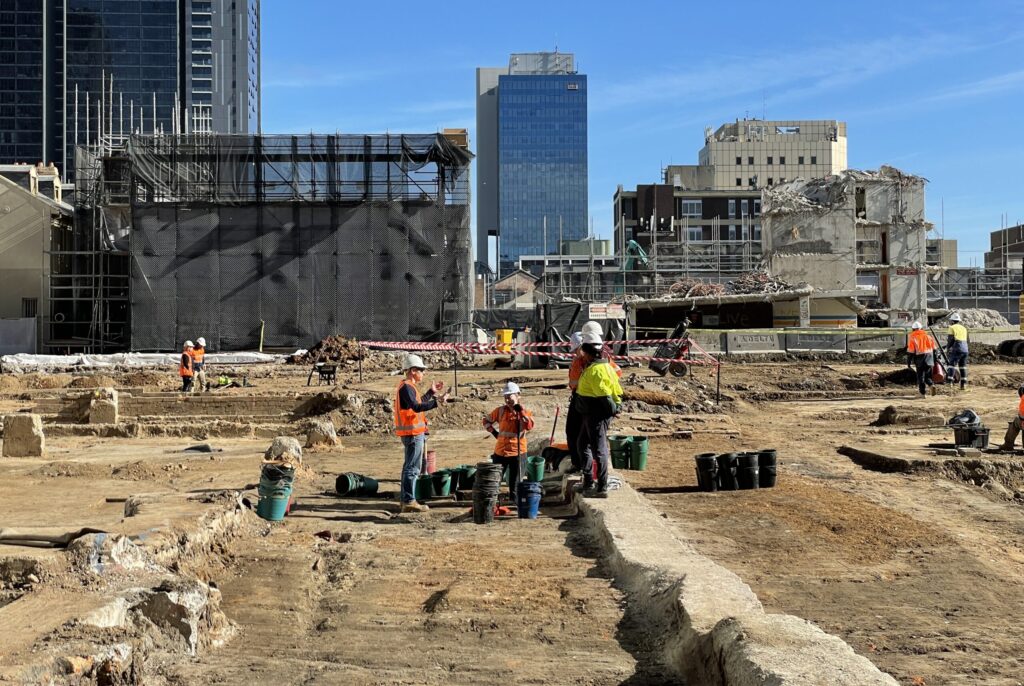
City of Parramatta Archaeological Collection
Archaeological Collections Assessment
Archaeological Collections Management Framework Report
Cataloguing and high-resolution photography of artefacts
City of Parramatta Council
City of Parramatta
An extensive collection of artefacts have been unearthed during archaeological excavations in the historical core of the Parramatta CBD.
Over the last 30 years, the City of Parramatta Council has amassed an extensive collection of artefacts unearthed from over a dozen archaeological excavations at the historical core of the Parramatta CBD. The collection lay untouched in storage for years.
GML helped Council rethink and revamp this significant resource.
We assessed, catalogued and standardised the collection, providing pragmatic recommendations to help with its maintenance and management into the future. The aim was to increase the public’s access to this significant collection and enhance opportunities for education and interpretation.

Chromolithographed tin with cooked sardine or meat product, manufacturer and contents absent from label (written in French). Label printed in black and gold. Opened at the top around three edges with a knife or chisel. Shallow can, rectangular with rounded edges. Manufactured in France after c1875. Excavated from the ceiling of the Sergeant’s Mess at the Lancer Barracks in 1997. (Source: City of Parramatta Council, LB/1997.00316)
Preliminary investigation showed that the size of the collection had been underestimated and primary data associated with nearly all excavations was missing.
It was back to basics. We opened all 3,645 artefact boxes and reviewed all associated excavation records, characterising the archaeological collections for each site. From this we selected 1009 historically interesting, diagnostic artefacts with high interpretive potential to be catalogued in detail and published online along with high-resolution images.

Horseshoe shaped heel tap (or plate) with five holes to affix to combat boots with fine nails. Used by military, airforce and police personnel. The taps affix to the heels of boots or shoes to prevent wear and improve traction. First used in Scotland in 1799 and popular through the end of World War II. Excavated at George Street, Parramatta, in 1985. (Source: City of Parramatta Council, GSP/1985.00360)

Complete white kaolin clay tobacco pipe with relief-moulded Prince of Wales ‘feather’ design on bowl. Brown glazed mouthpiece, spur and slightly tilted bowl with evidence of use (burnt interior). Manufactured in Sydney circa 1820–1840. Excavated at the site of the former Parramatta Hospital, now Parramatta Justice Precinct, in 2005. (Source: City of Parramatta Council, PH/2005.00386)

Child’s leather sandal, right foot, heel strap remains in situ. Sole two layers thick. Hand stitched. Excavated at the Babes in the Wood site, Parramatta, in 1989. (Source: City of Parramatta Council, BIW/1989.00835)

Watch gear casing, copper alloy with evidence of gold plating. Marked in French ‘SPIRAL BREGUET LEVEES VISIBLES/ 8/ JOURS/ ANCRE/ BRUXELLES 1910/ QUALITES SUPERIEURES GARANTIE’. Manufactured in Brussels, Belgium, circa 1910 and featured an eight-day calendar and partially exposed gears. Convex disc with rouletted edge, ornamental scrollwork engraved across face, including four medallions with images (worn). Excavated at George Street, Parramatta, in 1985. (Source: City of Parramatta Council, GSP/1985.00363)

Unglazed porcelain doll's head, refitted from several sherds. Brown hair, eyebrows, blue eyes, lips and rosy cheeks hand-painted. Manufactured in Germany in the 1920s or 1930s. Excavated at the site of the former Parramatta Hospital, now Parramatta Justice Precinct, in 2005. (Source: City of Parramatta Council, PH/2005.00382)
Once we helped to organise and catalogue the collection, we created tools and systems to help with its ongoing maintenance.
This included:
- updating the fields in Council’s collections management software, Vernon Systems, to ensure that they were used in a manner consistent with other archaeological practitioners;
- creating a handbook for Council staff and volunteers to standardise data collection for artefacts and set a quality benchmark for all future data entry; and
- preparing an Excel template to enable archaeological consultants to prepare data that could be uploaded directly into Vernon and published online, improving both workflows and data quality.
This work informed the Archaeological Management Framework we prepared for Council. This framework contains recommendations to allow Council to manage its existing collection and new acquisitions in future. Crucially, it provides a means for Council to become the central repository for significant archaeological data.

Silver-plated copper alloy dessert spoon. Fiddle pattern spoon, deep ovoid bowl, ears at proximal and down-turned dognose at distal end of handle, hallmarks on reverse illegible due to accumulation of fine concretions. Manufactured in the United Kingdom between c1800 and 1850. Excavated at the Babes in the Wood site, Parramatta, in 1989. (Source: City of Parramatta Council, BIW/1989.00864)
Innovatively, it will be published online, creating a publicly accessible digital museum of significant artefacts and plain English excavation summaries across the LGA—opening up Parramatta’s archaeology to the public.
The framework also explored options for the future, such as mandatory acquisition of significant collections, establishment of a fee-based repository and a collections rationalisation scheme to inform storage and deaccession of artefacts by significance.

Gas (kerosene/parrafin) lamp burner with knob to adjust wick. Knob marked ‘KOSMOS/ BRENNER’, with brenner meaning ‘burner’ in German. Kosmos burners were produced in Germany from 1865. A glass chimney would have enclosed the flame and burner, which would have sat on a fuel-filled base 6″ (15cm) in diameter. Dredged from the site of Howell’s Wind and Water Mill along the Parramatta River. (Source: City of Parramatta Council, HWM/1992.00081)

Scalloped oval-shaped belt buckle. Convex when viewed in plan. Obverse face has pressed scrollwork decoration, reverse face stamped ‘JO[H]N PATERSON LONDON’. Manufactured in London, England, between 1840 and 1850. Excavated at the intersection of George and Charles Streets, Parramatta, in 2002. (Source: City of Parramatta Council, GCS/2002.00810)
Implementation of the framework will improve public engagement. It will also generate improved interpretive outcomes for new developments in areas of archaeological sensitivity. This was a key influence, given the urban growth and transformation underway throughout Parramatta.
